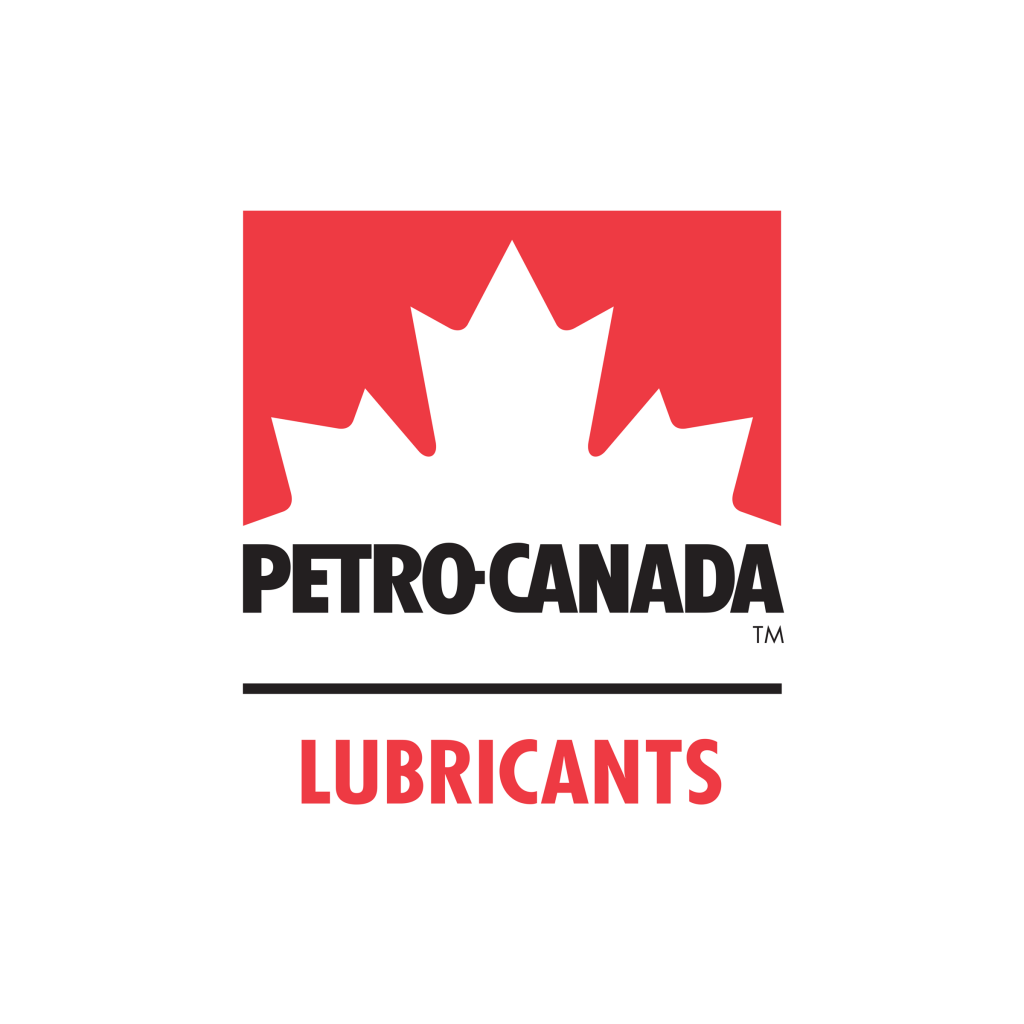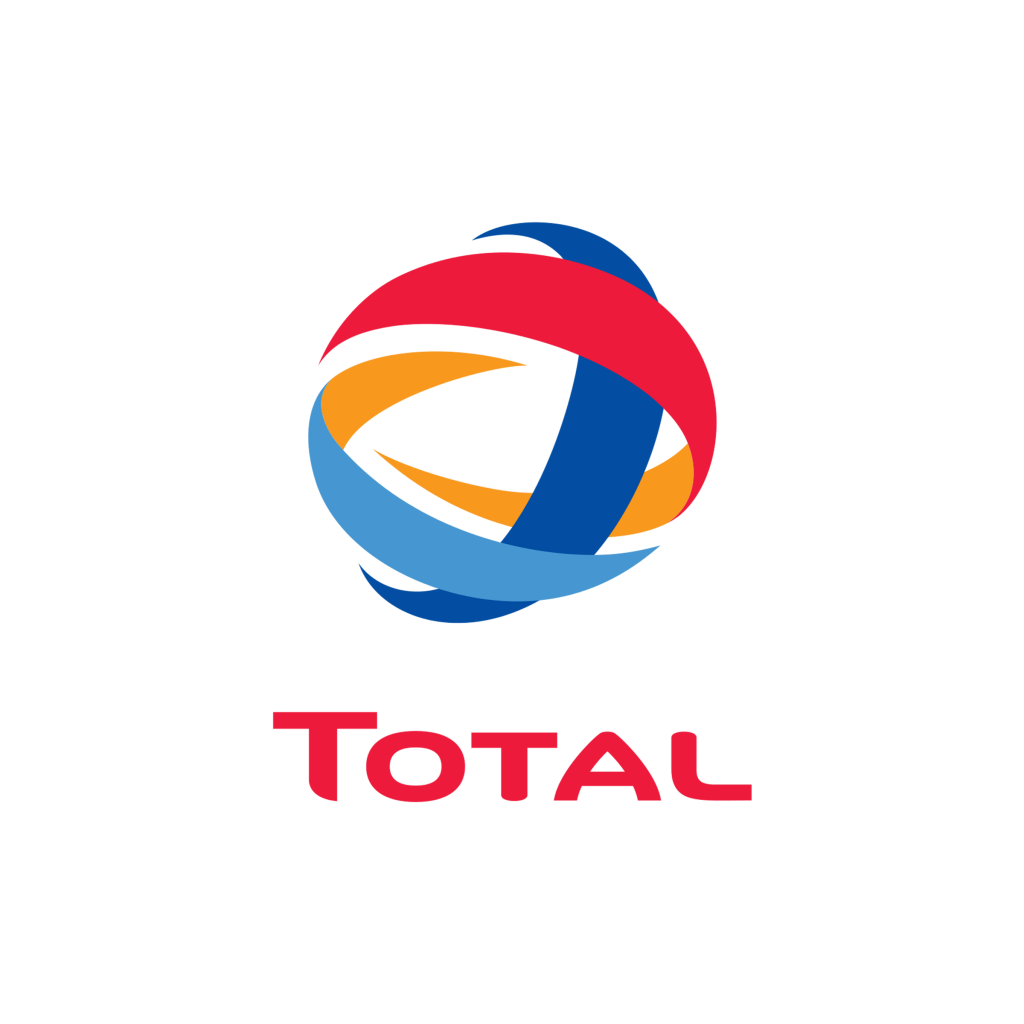Working near water requires some special lubricant formulations that meet strict EPA guidelines. We have you covered.

Let me know if you have any heavy duty marine related lubricant questions.
Todd Hudson
39 years experience
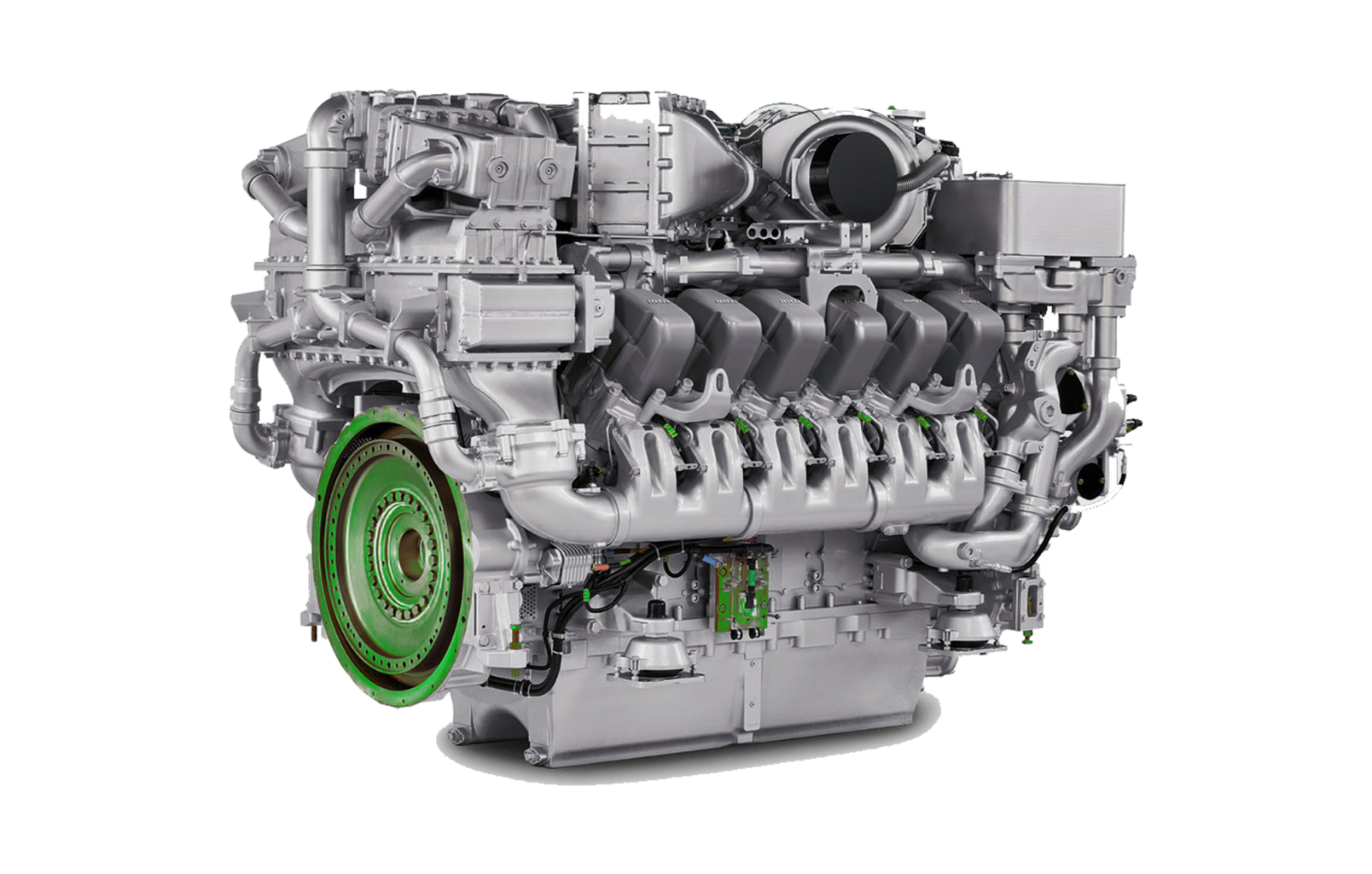
DIESEL ELECTRIC MARINE
RALUBE 40 CFS
Ralube 40 CFS engine oils are zinc and chlorine-free and utilize a specially selected additive system which provides excellent sludge-soot handling, oxidation resistance, wear protection and viscosity control. By minimizing engine deposits, Ralube 40 CFS allows maximum oil drain intervals to be achieved without any compromise in engine durability.
- Tested and approved for Electro-Motive Diesel Inc., and General Electric
- Used in 2-cycle Detroit Diesel engines, including Series 149
Weight: SAE-40
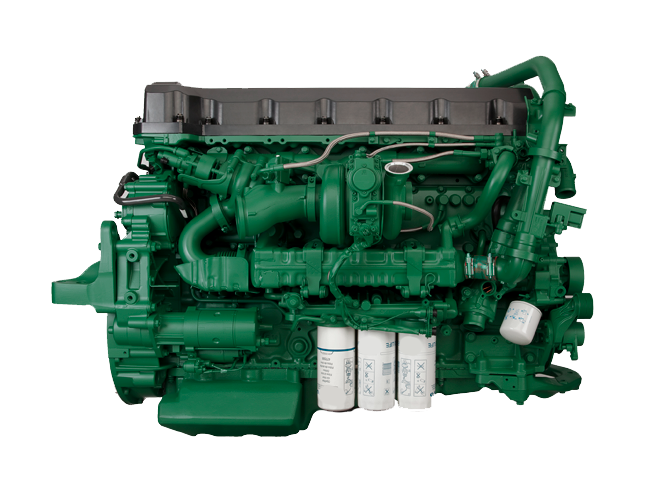
DIESEL CRANKCASE OIL
CONVENTIONAL
Standard conventional diesel engine oils will remain the work horse of the industry for the next few years. As current older fleets are replaced with more efficient power units, this weight class will steadily lose market share.
Common weight 15W-40
API Service Category CK-4
SYNTHETIC BLEND
Blended synthetic diesel engine oils were designed for fuel economy. The EPA has mandated that engine manufacturers meet increasingly stringent fuel economy standards. A reduction in engine oil viscosities is the only way these standards can be met. Diesel engine oil viscosities will surely become lighter over time.
Common weights 15W-40/10W-30
API Service Category CK-4
FULLY SYNTHETIC
Fully synthetic diesel engine oils were designed for cold weather and extended drain intervals. Highly refined lower viscosity base oils increase pumpability while more robust VI improvers allow the fluid to stay in grade over a wider temperature range.
Common weights 10W-40/5W-40/0W-40/5W-30
API Service Category CK-4 & FA-4
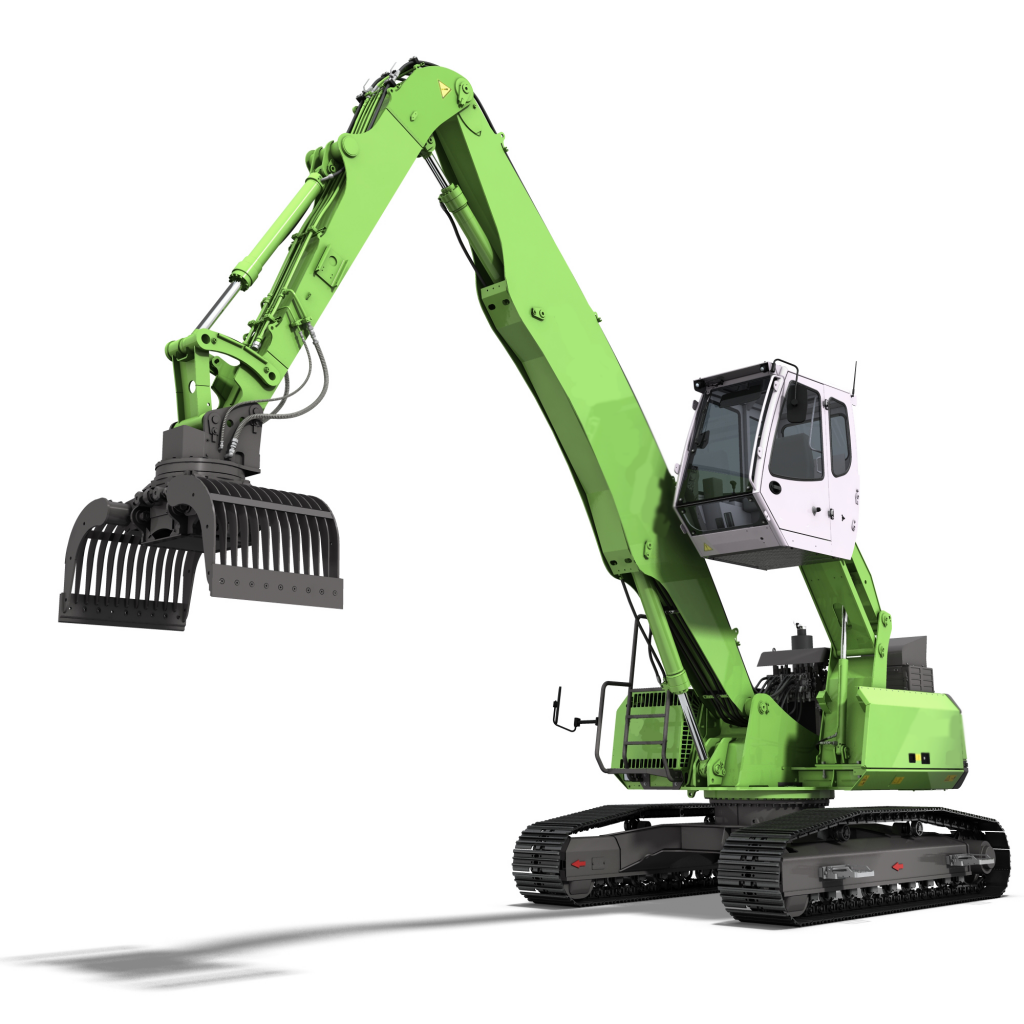
HYDRAULIC FLUID
ANTI-WEAR
These monograde hydraulic oils are designed for high-performance anti-wear protection and long life in moderate outdoor climates or for indoor use. These lubricants contain no viscosity index improver so they thin out as they heat up.
Common weights: AW-22/32/46/68
MULTI-VISCOSITY
Multi-Viscosity hydraulic oils are designed for heavy duty applications operating at high pressures in a wide temperature range. MV fluids are similar to anti-wear hydraulic oils but they include a viscosity index improver. This VI improver is a plastic polymer which expands as the temperature increases. This expansion happens at about the same rate as the base oil thins maintaining the same viscosity over a wide temperature band. Suitable for year around operation.
Common weights: MV-22-32-46-68
ENVIRONMENTALLY SAFE
Environ fluids are designed for use in equipment used primarily in environmentally sensitive areas. It is free of heavy metals (zinc), is non-toxic, inherently biodegradable, and recyclable. It comes in Anti-Wear as well as Multi-Viscosity versions.
Common weights: AW-32/46/68 MV-32/46
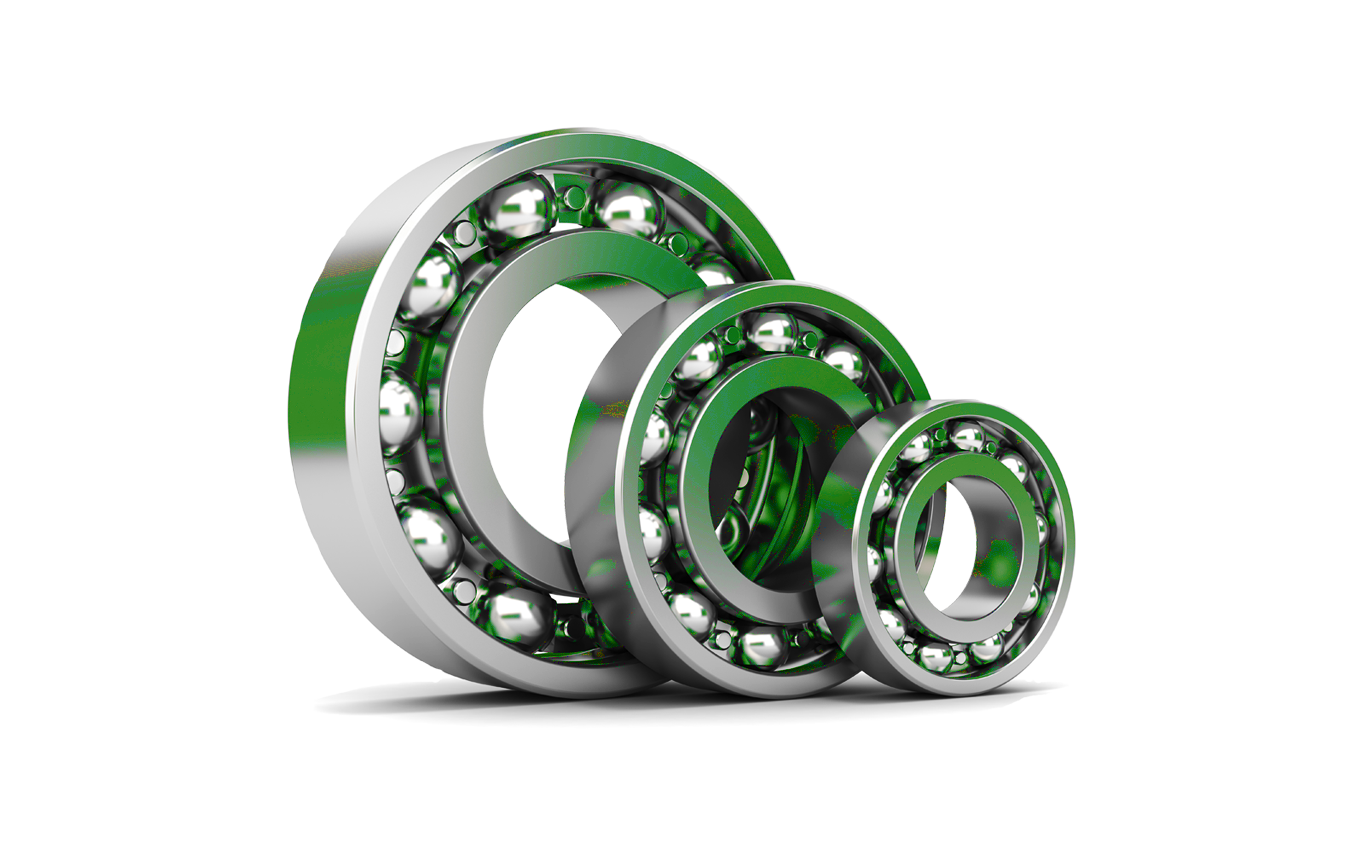
GREASE
GENERAL
Greases are made of heavy base oils of varying viscosities combined with application specific thickeners sometimes referred to as soaps and extreme pressure additives.
THICKENERS
Soaps are the most common emulsifying agent used, and the selection of the type of soap is determined by the application. Soaps include calcium stearate, sodium stearate, lithium stearate, as well as mixtures of these components. Fatty acids derivatives other than stearates are also used, especially lithium 12-hydroxystearate. The nature of the soaps influences the temperature resistance (relating to the viscosity), water resistance, and chemical stability of the resulting grease.
ADDITIVES
Some greases are labeled “EP”, which indicates “extreme pressure”. Under high pressure or shock loading, normal grease can be compressed to the extent that the greased parts come into physical contact, causing friction and wear. EP grease contains solid lubricants, usually graphite, and/or molybdenum disulfide, to provide protection under heavy load. The solid lubricants bond to the surface of the metal, and prevent metal-to-metal contact and the resulting friction and wear when the lubricant film gets too thin. Some greases specify the percentage of Molybdenum disulfide or “Moly” is an indication of shock loading capability.
